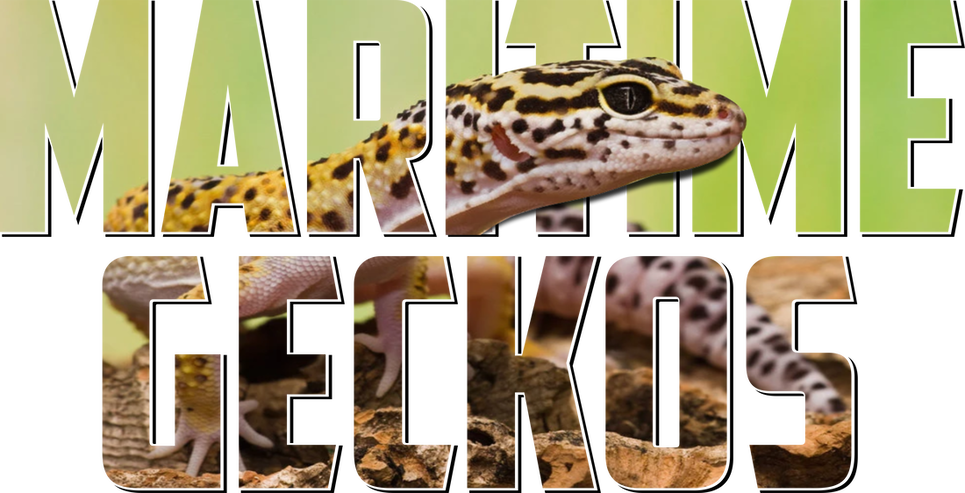Hemitheconyx caudicinctus (African Fat Tail Gecko)
The African Fat Tail, is a nocturnal, ground-dwelling gecko.
The African fat-tailed gecko is from the subfamily Eublepharinae. Members of this subfamily include the leopard gecko of south Central Asia, India, and Pakistan. This subfamily has clearly different characteristics from other geckos. They are terrestrial and nocturnal, and have moveable eyelids, vertical pupils, and no adhesive lamellae (sticky feet).
The African fat-tailed gecko is found in West Africa, from Senegal to Cameroon. Their habitat is dry and arid, although they will spend most of their time in a dark, humid hiding place. In captivity, it is important to provide these geckos with a source of humidity that mimics these conditions.
The African fat-tailed gecko is typically around 7-9 inches (18–23 cm), with females being slightly smaller than males. They have a captive lifespan of 10–25 years. Normal coloring is brown and tan/beige stripes, with a possible thin white stripe along the length of the back. The underbelly is pale pink or off-white.
The African fat-tailed gecko is equipped with the ability to lose its tail when threatened or attacked. If the tail is lost, the new tail will have a more rounded shape, similar to the head. It may not match the body coloration and pattern of the gecko. The tail is also where they store their fat, an important energy reserve. With its tail, an African fat tailed gecko can go days on end without food.
The African fat-tailed gecko is from the subfamily Eublepharinae. Members of this subfamily include the leopard gecko of south Central Asia, India, and Pakistan. This subfamily has clearly different characteristics from other geckos. They are terrestrial and nocturnal, and have moveable eyelids, vertical pupils, and no adhesive lamellae (sticky feet).
The African fat-tailed gecko is found in West Africa, from Senegal to Cameroon. Their habitat is dry and arid, although they will spend most of their time in a dark, humid hiding place. In captivity, it is important to provide these geckos with a source of humidity that mimics these conditions.
The African fat-tailed gecko is typically around 7-9 inches (18–23 cm), with females being slightly smaller than males. They have a captive lifespan of 10–25 years. Normal coloring is brown and tan/beige stripes, with a possible thin white stripe along the length of the back. The underbelly is pale pink or off-white.
The African fat-tailed gecko is equipped with the ability to lose its tail when threatened or attacked. If the tail is lost, the new tail will have a more rounded shape, similar to the head. It may not match the body coloration and pattern of the gecko. The tail is also where they store their fat, an important energy reserve. With its tail, an African fat tailed gecko can go days on end without food.
